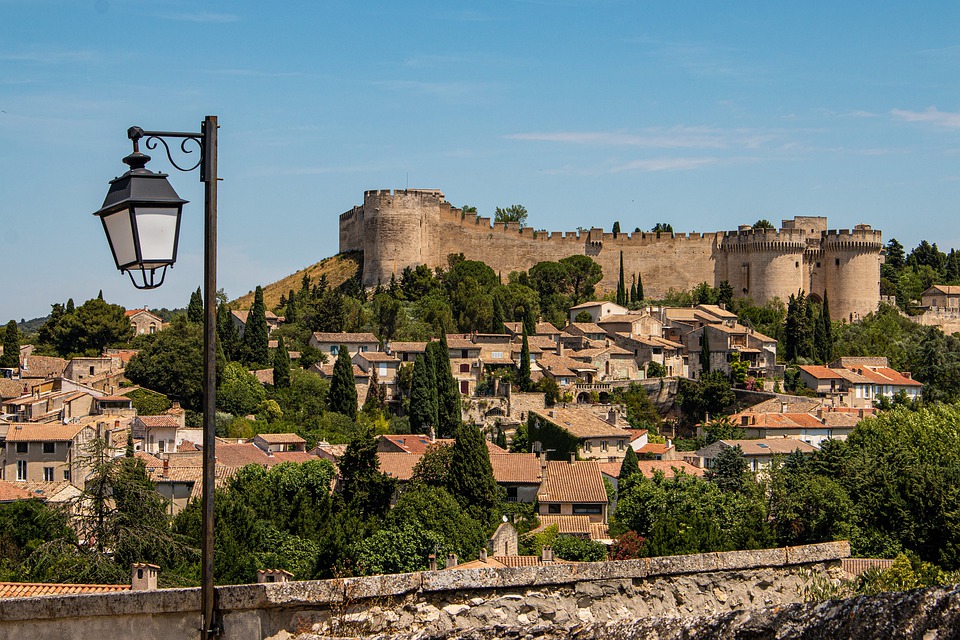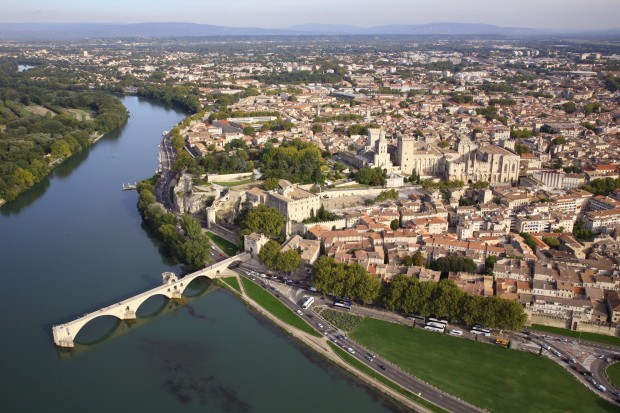Avignon Travel Guide
Famous for its walls, among other things, the Avignon is located in south-central France in the region of Provence. The city used to be the seat of the papacy for about 67 years. Today, it is one of France’s leading tourist destinations and home to some of the most brilliant museums and splendid architecture. Place de l’Horloge is the city’s central square while the Pope’s palace is another attention-grabbing landmark. Avignon is one of the great French cities and I hope that this travel guide will help you explore it.
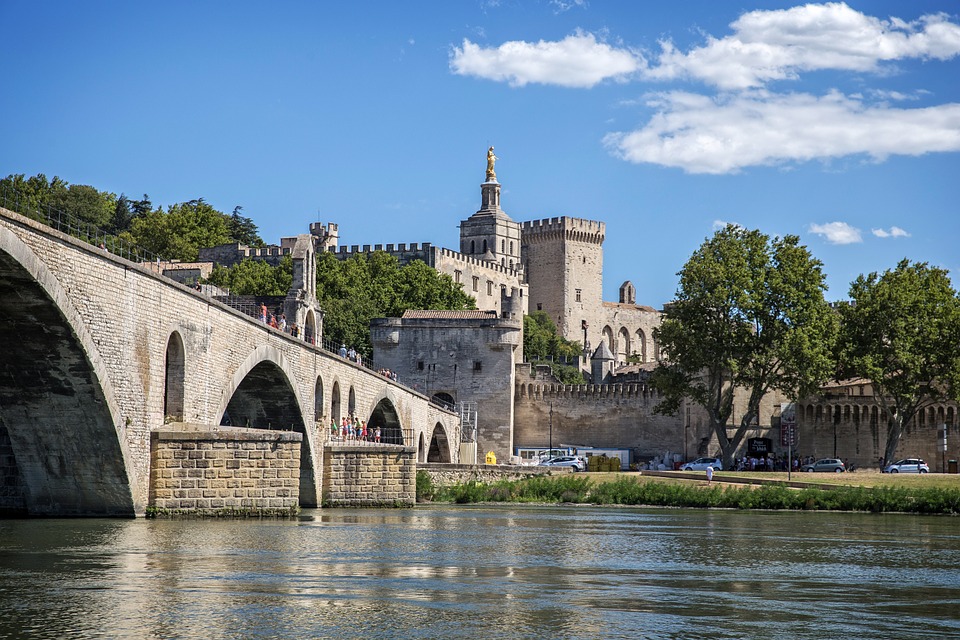
Towering above the majestic Rhône river, Avignon was the home of the pope from 1309 to 1377 as seven popes ruled the Catholic world when Italy was deemed highly unsafe. Between 1334 and 1335, this vast and rich structure was built as it is revered as the largest Gothic palace in the world. It served as both a fortress and palace.
Here is a Detailed Travel Guide on What to See and Do in the city of Avignon:
Culture
Avignon’s museums offer a tremendous array of collections. Be lost in the world of prehistory at the Musée Lapidaire (Lapidary Museum). There you will discover paintings from the Middle Ages at the Petit Palais museum. Fine arts at the Musée Calvet. The impressionists at Angladon. Decorative arts at Musée Louis Vouland (Louis Vouland Museum) and modern art at the Collection Lambert.
The city also has a well-known theatre festival, as it is the host for contemporary works in the performing arts. Also, Avignon is an essential center for culinary peculiar to the Provence region. Illustrious chefs prepare local and innovative menus in alluring restaurants throughout the city. And you can have a great time on a wine tour as the city is the capital of the Côtes-du-Rhône wines, as you relish every taste.
Accommodation
Throughout the city are fascinating attractions that will remind you of how beautiful France is. And although there are many good hotels in Avignon, they get quickly booked-up when the summer tourist season begins.
How to get there
Avignon is easy to travel to by train from Marseille, Paris, and other European cities. And although it does have its own airport, lots of visitors arrive through the Marseille Provence airport.
Palais des Papes
You cannot apprehend the scale of the 14th-century Papal Palace unless you see it in real life. In trying to describe the size; you could fit four gothic cathedrals in there, and it has 24 rooms to visit on the tour. The Palais des Papes is the biggest attraction in Avignon’s World Heritage site and one of France’s most popular and priceless historical buildings.
You can secure an audio-guide for the full story, and pause in the papal apartments with walls decorated with frescoes paints almost 700years ago by the gothic artist Matteo Giovanetti.
Musée du Petit Palais (The Petit Palace Museum)
Among the cast as the Palais des Papes is a smaller renaissance palace on the square’s north side. It slightly has the likeness of a fortress because it used to be a citadel during the Western Schism that trailed the Avignon Papacy. As you will see, the palace has hardly changed since the beginning of the 16th-century; when the future Pope Julius II furbished up the building and added his coat of arms to the south façade.
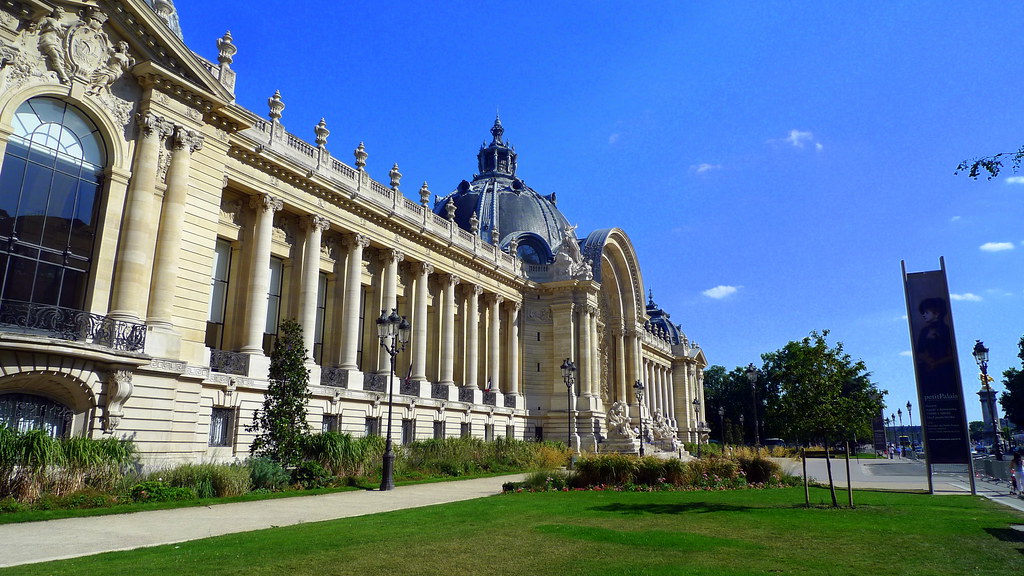
The museum houses about 337 paintings and 600 sculptures by Italian and French artists from the gothic and renaissance eras. The pope bought it in 1335 as a house, and it was used as a lodge for distinguished visitors (like Cesare Borgia in 1948, Francis I in 1533, and the Duke of Orleans in 1660). Strolling past the art, you will see how specific art movements developed from the Siennese School of the early period to the Renaissance developed. And if you are a lover of 15th-century European arts, there are lots to see here; from paintings to sculpture.
Old Town of Avignon
Walking tours can be breathtaking, especially when you stroll in a group. It is always pleasant to navigate a historical place as you see engaging, attractive spots. Walking in the old Avignon can be everything, and that could be the height of your tourist’s adventure. The old Avignon extends around the imposing Palais des Papes. And you can pick a map before setting off along the narrow cobbled streets which fill the old town. It used to be secured by the circular wall as you will see.
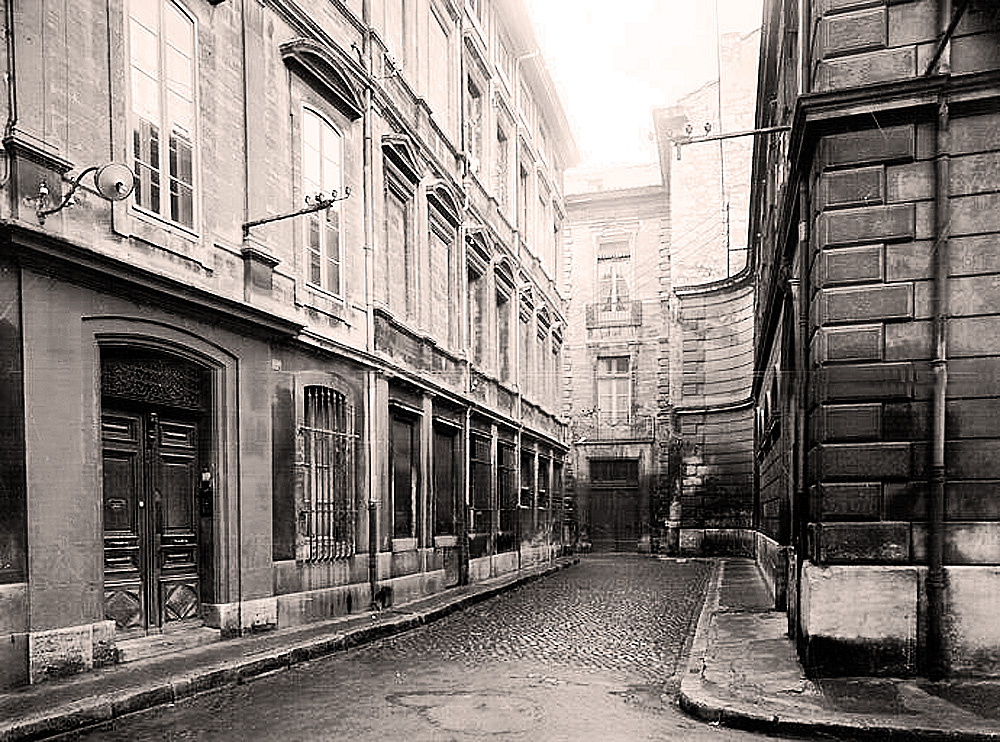
Do not miss King René’s house in the rue Roi- René. The rue des Teinteuriers which follows the river Sorgue, offering the waters that the 18th and 19th-century cloth dryers who lived there needed. Do not forget the Quartier de la Balance that flows to the Pont Bénézet, and the Place de l’Horloge, an enormous square shaded by trees with theatre, town hall, and many pavement cafes. You can also walk a little further to the 15th-century Palace du Roure for the courtyard and gateway that you can visit.
Rocher des Doms Park
How about a trip to adore nature? You will find this fantastic park, an oasis of green peace, north of the Palais des Papes. Find your way past the well-mowed lawn and fountains to the summit for a fantastic view of Avignon and the river. Just below you is the embellished Madonna gleams on the tower of the Cathedral Notre-Doms in front of the Pope’s Palace. You can get everything you need for a picnic in the Halles Market Place. It is comfortably poised while you eat some cheese, fresh bread, with some wine; overlooking the shining city below.
Petit Train
If you do not mind everyone staring at you as a tourist (not in a weird way though), the road train is a handy way to see the city’s landmarks. Also, that will help you find your way around a city that can be confusing for some visitors.
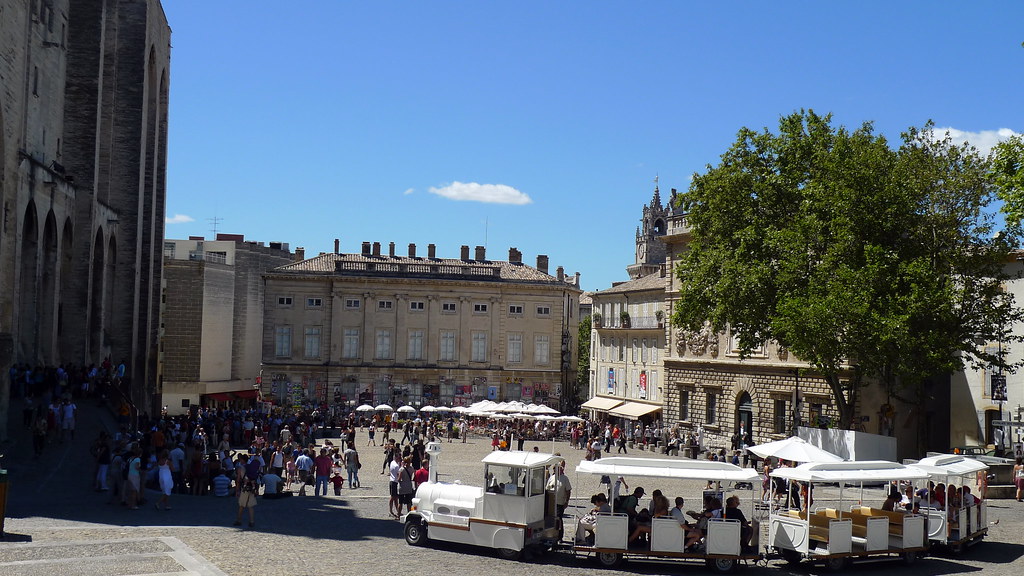
Covering the famous bridge, the picturesque streets, and neighborhoods around the center, and the Rocher des Doms which is on the left bank of the Rhône would take about 40 minutes.
Île de la Barthelasse
Here is another top spot you should add to your itinerary before taking on Avignon. With 700 hectares, the Île de la Barthelasse is one of Europe’s largest river islands. It belongs to the city and is linked to Avignon by the Pont Daladier. Although one might find it more fitting to grab the free ferry across the Rhône.
With peaceful orchards with only clusters of houses, the island is mostly quiet. The island’s highest point is 18 meters, and as such, the Île de la Barthelasse is exposed to the current. Hiring a bike in the summer and having a lavish picnic at the banks of the Rhone will be a brilliant idea.
Rue des Teinturiers
This was the flourishing center of Avignon’s silk spinning and dyeing industry from the 14th-century to the 19th-century. You will still find enchanting clues in the form of four water-wheels suspended from the bulwark next to the water. The gorgeous stone houses on the other side of the canal are connected to the cobblestone street by little bridges. And, the entire way is shaded by tall old plane trees. Do not forget to visit the Maison du IV de Chiffre. It is one of Avignon’s oldest mansions, and the home of Jean-Henri Fabre, the respected 19th-century entomologist at no.14
Basilique Saint-Pierre d’Avignon
According to a local folktale, the Basillique’s Saint-Pierre d’Avignon church’s predecessor was destroyed by the Moors in the 7th-century. The gothic buildings that are currently at the site were started in the 14th-century during the papacy of Innocent IV, who was the fifth Avignon Pope.
Just before you make your way into the church, take a little moment to adore the massive wooden tours. They were sculpted from walnut in 1551 by Antoine Volard. You will also find a wealth of art to see inside as we, like the decorated choir from the 18th-century, renaissance, and baroque paintings, and the 1400s relics of Saint-Pierre de Luxembourg with his real cardinal’s robes and hat.
Pont St-Bénézet
This site is popular among both visitors and locals. It is also known as the Pont d’Avignon, the mythic bridge from the 12th-century connects France with the Papal Territory. The bridge was positioned on the tightest part of the bend in the Rhône to minimize its exposure to the river’s cruel, strong currents.
There used to be 22 arches, of which you will see four today, and the bridge was 915 meters long- an impressive length for the time it was built. After a few hundred years, the bridge was destroyed by flood and rebuilt until an unfortunate flood in the 17th-century carried off most of the arches.
However, in the midst of the ruins is a piece of beauty. You can visit the gatehouse that defended the crossing, the stranded western terminal, the Tour Philippe-le-Bel and the Chapel of St. Nicholas on top of the second arch. In addition, the new museum show films and interactive media that display how the bridge morphed over the centuries.
Musée Calvet
The Calvet museum has been open to the public for over two centuries. That was after Esprit Calvet, a local doctor and collector, donated his art, cabinet of curiosities, and library to the city of Avignon. This diverse collection has since been expanding by donations from many collectors and contains ancient artifacts, an array of decorative and fine art, as well as cultural artifacts from different parts of the world.

There is even a considerable amount of exciting things to see, but the part many come to see is the Egyptology department. Among other things, they display a sarcophagus, canopic jar, and offering table. You will also see sculptures and silverware sit with French, Flemish, and Italian paintings from the 16th to the 19th century.
Markets and Special Shopping in Avignon
The contemporary covered market, Les Halles, in place Pie, is the perfect spot for some heavy shopping. About 40 different stalls sell the local produce of Provence from Tuesday to Sunday, from 6 am to 1 pm. The flower market at the Place des Carmes opens on Saturday mornings and the flea market on Sundays. And from June to September on the 3rd Monday of each month in the Allees de l’Oulle; a food market brings small scale producers to the city. You are sure to experience a massive array of food on weekends at St-Michel and place Crillon. You can start your shopping spree with some chocolates at one of the best chocolatiers, Puyricard. Also, it has branches all over Southern France.
Avignon Events and Festivals
The city hosts cultural fares, musical fests, art exhibits, and a lot of other social events that attracts visitor from far and near. Of all the events that the city hosts, the Avignon festival is the most popular, both locally and globally. This festival kicked off sometime in 1947 Jean Vilar, the actor-director, whose aim was to bring theatre to the people with top actors like Jeanne Moreau and Jean Negroni.
The Avignon festival is observed every year in July. The now 3-week-long event dominates the central courtyard of the Pope’s Palace which has a 2000 capacity. Featuring over 40 different performances of theatre, dance, fine arts exhibitions, and music throughout Avignon, the festival’s appeal is quite huge. In fact, companies from around the world have performed works from Shakespeare to Mikhail Bulgakov, Euripides to Chekhov. Another event is the Avignon Public Off which takes over 100 smaller locations.
Avignon Travel Blog – Conclusion
Avignon is full of history and a vibrant city with a lively social and cultural life. Whether it is the cinemas or museums, shops, wine, cuisine, events, tourists always come in their troves for one attraction or the other. Avignon is that welcoming.
